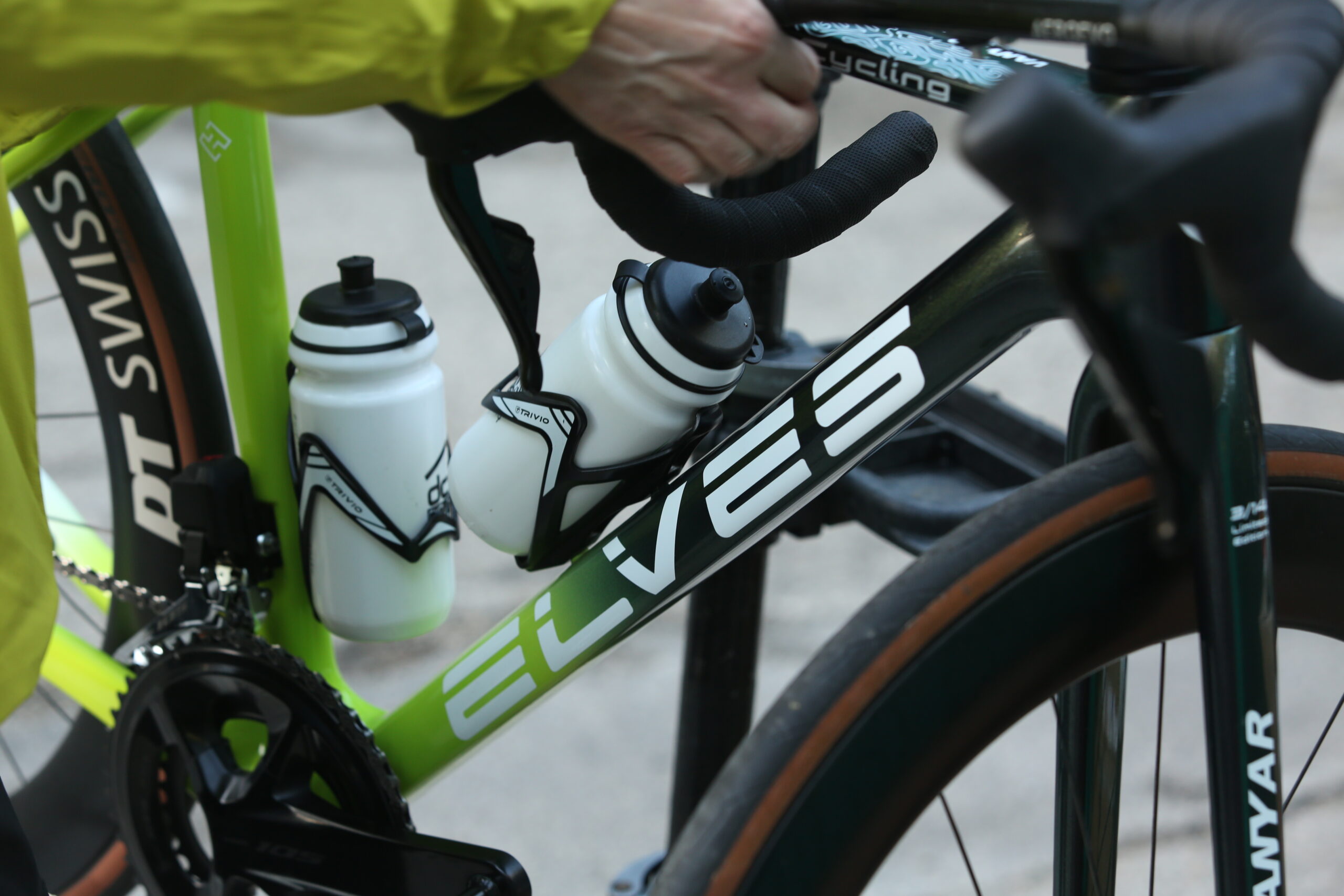Owning a road bicycle is a rewarding experience, whether you’re a rider or a professional cyclist. However, a regular maintenance is essential to ensure your bike performs at its best.
In this blog, we’ll provide some guides on how to maintain and repair your road bicycle as we do in our team. We’re going to give you some tips on cleaning, lubricating, and adjusting components.
Why is important a regular bike maintenance?
Regular maintenance prolongs the life of your road bike and enhances your riding experience. A well-maintained bike is safer, more efficient, and more enjoyable to ride. Neglecting maintenance can lead to costly repairs and diminished performance.
What are the essential bike maintenance tasks?
The first step for good maintenance is to keep your bike clean, because a dirty bike can wear down components and affect its performance with the bike.
What you will need?
- Bucket of water – The warm water helps better to keep it more clean.
- Bike-specific cleaner -However, you can also use a mild soap.
- Soft sponge or cloth.
- Small brush -We recommended a toothbrush for hard-to-reach areas.
- Rags for drying.
Steps:
1. Rinse the bike: Use a hose or a bucket of water to rinse off loose dirt and debris.
2. Wash the frame: Dip the sponge in soapy water and gently scrub the frame, fork, and all the bike components. Avoid using high-pressure water, as it can force dirt into bearings.
3. Clean the drivetrain: Use a small brush or toothbrush to scrub the chain, cassette, and derailleurs.
4. Rinse and dry: Rinse off the soap with clean water and dry the bike with a rag to prevent water spots or put the bike on the sun.
The second point is lubricating the components because proper lubrication is crucial for smooth operation.
What you will need?
- Bike-specific lubricant.
- Clean rags.
Steps:
1. Chain: Apply a few drops of lubricant to each link of the chain while slowly pedaling backward to make sure all the chain have lubricant.
2. Cables: If your bike has cable-operated brakes or derailleurs, apply just a small amount of lubricant to the cables.
3. Pivot points: Lubricate the pivot points of the brakes and derailleurs to keep them functioning properly.
The next point is adjusting the bike components because this can help with the optimal performance.
Which are the adjustments you will need to consider?
Brakes: Check the brake pads for wear and ensure they are aligned with the rims and if it’s necessary adjust the tension of the brake cables.
Gears: If your bike has gears, ensure they shift smoothly. You may need to adjust the limit screws or cable tension on the derailleur.
Tires: Inspect your tires for any signs of wear or damage and change it if it’s necessary. Check tire pressure regularly and inflate them to the recommended PSI.


